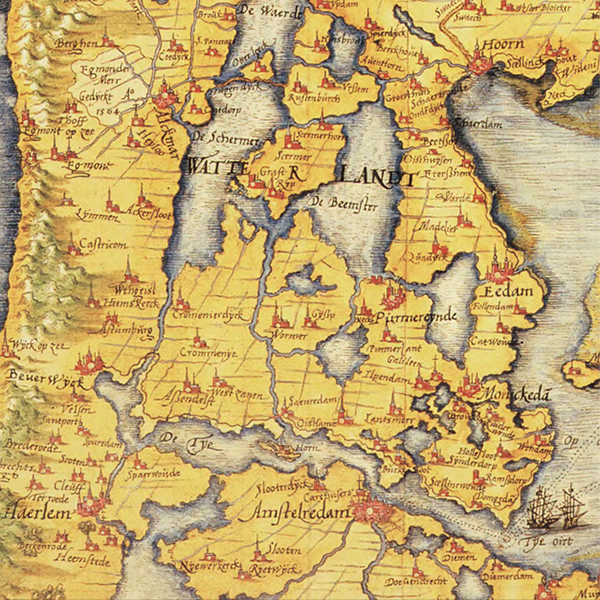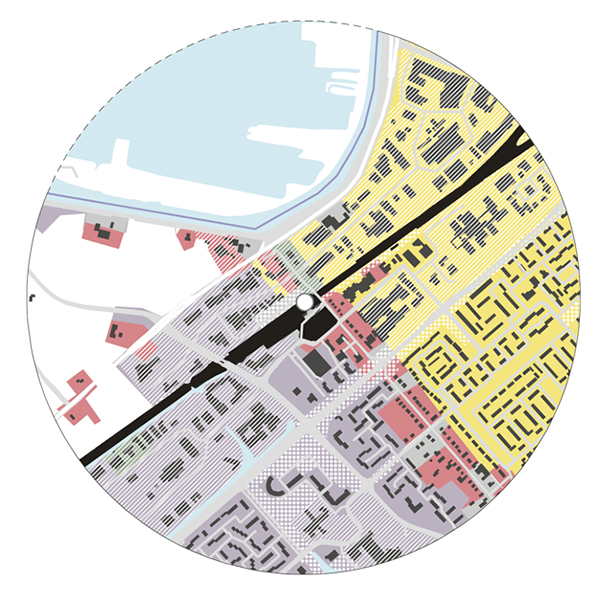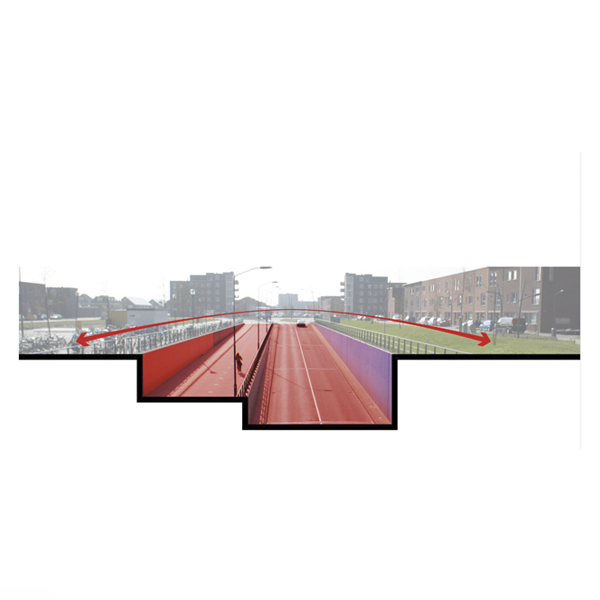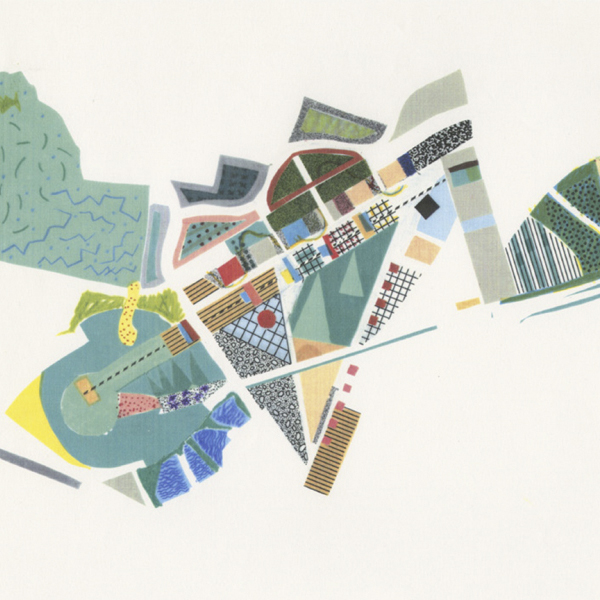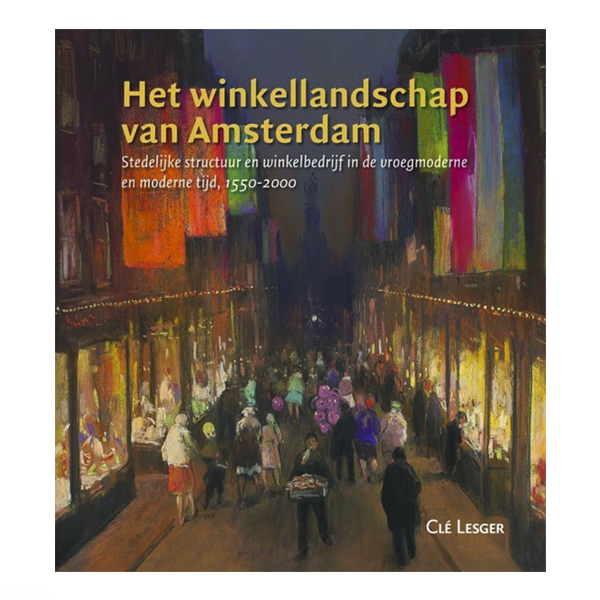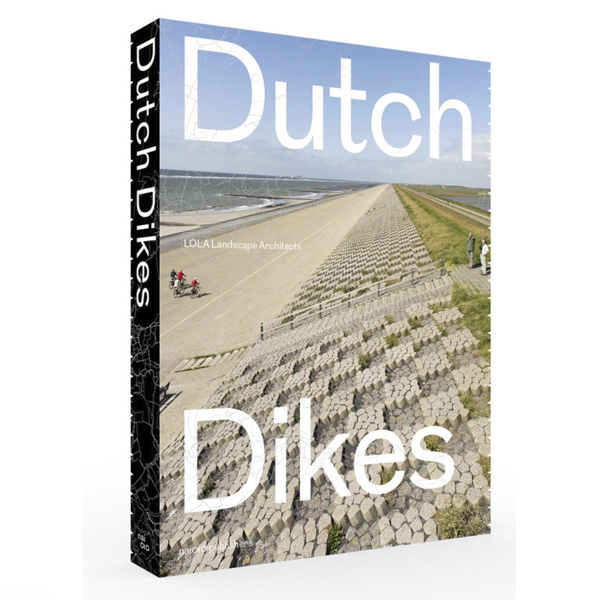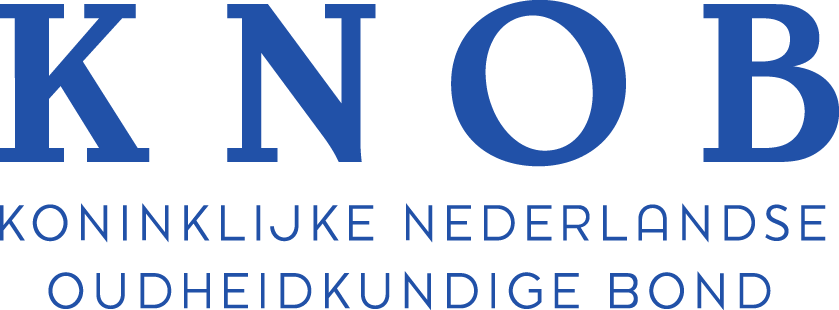
OverHolland is published by Vantilt publishers in Nijmegen on behalf of Delft University of Technology, Faculty of Architecture, and appears twice a year.
Editors
Henk Engel, Esther Gramsbergen, Henk Hoeks, Reinout Rutte
For maps
Otto Diesfeldt, Iskandar Pané
ISBN 9789460042430
Preface
-
This edition of OverHolland pays detailed attention to the province of Noord-Holland to the north of the River IJ and to railways. The focus is on the relationship between spatial arrangements, research and design. Reinout Rutte analyses the development of the Zaanstreek region from the fifteenth to the twenty-first centuries. He reveals the unique morphological features of the first industrial town in the Netherlands. The lack of planning and regulations led to a ‘town of strips’, unlike the conventional pattern of urbanisation that typifies cities such as Amsterdam, Haarlem...
Articles
-
Over the course of six hundred years, a cultural landscape has appeared in the Zaanstreek region that can genuinely be called entirely unique. At first sight, it gives a rather ‘messy’ impression, without a real centre and with residential, com-mercial and recreational areas intermixed. That is not something that we find to quite the same extent anywhere else in the Netherlands. How did this unusual landscape evolve as time progressed? What socioeconomic and administrative factors have contributed to its development? And what remains now, at the beginning of the twenty-first century, of...
-
In its Ontwerp Structuurvisie [Draft Structural |Con-cept], the Dutch State produced a sketch in 2011 of its ‘ambitions through to 2040 and the objec-tives, interests and tasks through to 2028’. In that context, studies have now been carried out into the implementation of the Programma Hoogfrequent Spoorvervoer (High-frequency Rail Transport Programme, PHS). Its aim is to offer passengers a service between the key destinations from 2020 onwards at such high frequencies that a train timetable would be redundant. On the busiest routes, including the Amsterdam-Heerhugowaard...
-
The Province of Noord-Holland’s spatial policy will in the decades to come be focused on encouraging public transport. Following on from Maak Plaats! Werken aan knooppuntontwikkeling in Noord Holland [Make Room: working on hub development in Noord-Holland], which sets out the principles guiding that policy, the Province has worked with the research section of the BNA (Federation of Dutch Architects) and Deltas, Infrastructures & Mobility Initaitive (TU Delft) to set up a design study project for the Amsterdam-Heerhugowaard railway line. Ten professional design teams and...
-
For the last twenty years, many European cities have used the construction of high-speed lines (HSL) and the associated intermodal railway stations as a catalyst for urban renewal projects. This phenomenon started with the ‘Euralille’ project, designed by the Dutch architect Rem Koolhaas at the end of the eighties and built in 1995.The project is part of a group of major French projects such as the central business districts: La Défense in Paris and La PartDieu in Lyon, which are characterised by infrastructural interventions as the basis for urban renewal. France was...
-
In the twelfth and thirteenth centuries, the Flemish towns were connected to the North Sea via the ports of Oostburg, Aardenburg, Axel and Hulst in the area now known as ZeeuwsVlaanderen (Zeeland Flanders). This access became impossible in the fourteenth century as the area became silted up. As a result, the easily accessible town of Antwerp was able to grow and water transport in the delta area shifted to the Eastern Scheldt estuary. Old towns such as Middelburg and Zierikzee profited from this, but so did newer towns such as Vlissingen (or Flushing, as it became known to...
Polemen
-
Clé Lesger
Het winkellandschap van Amsterdam. Stedelijke structuur en winkelbedrijf
in de vroegmoderne en moderne tijd, 1550-2000
[Amsterdam’s retail landscape:
Urban structure and shops in the early modern and modern periods, 1550-2000] Hilversum: Verloren, 2013
